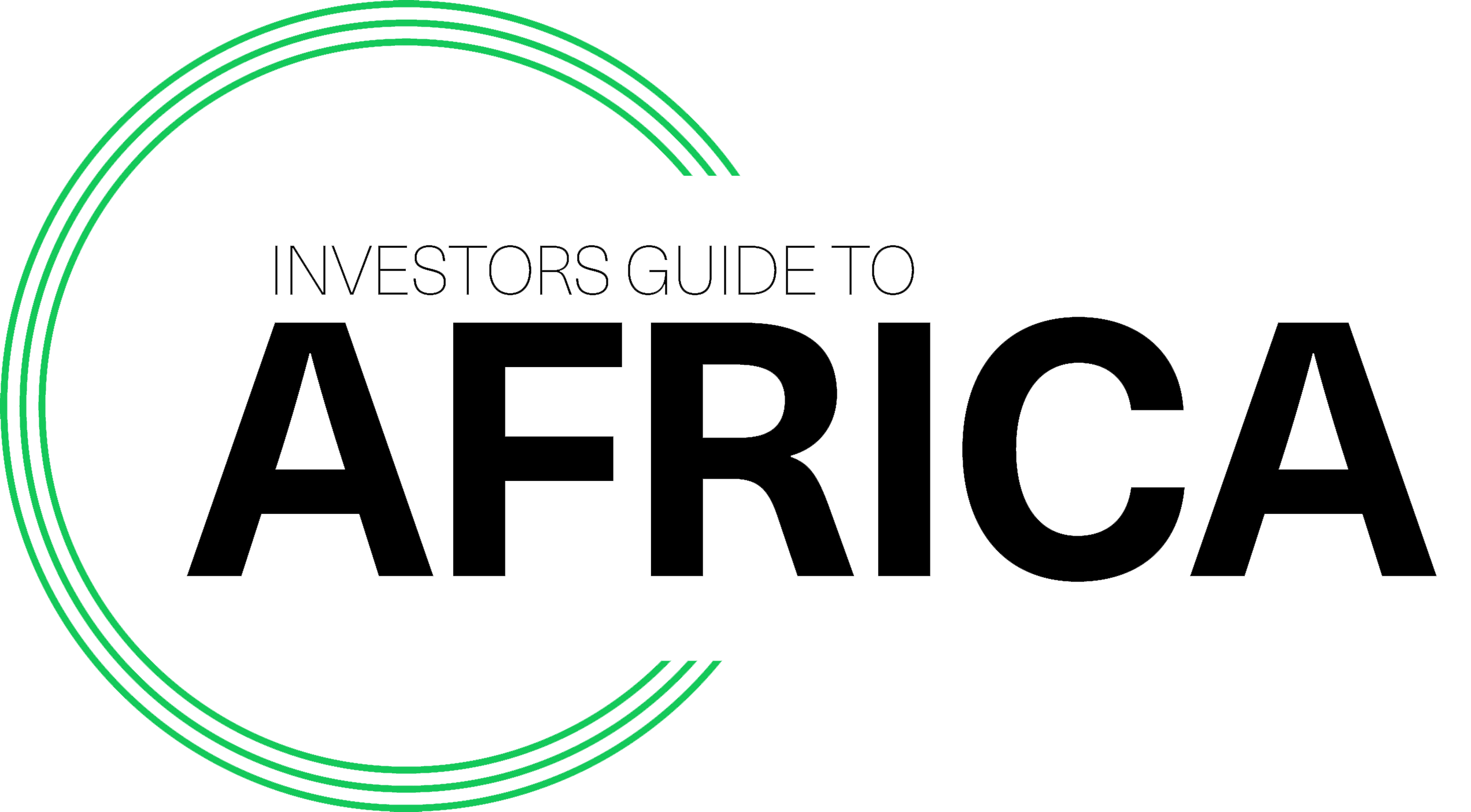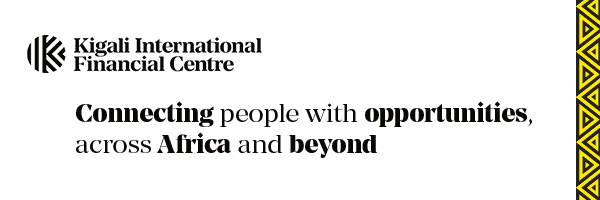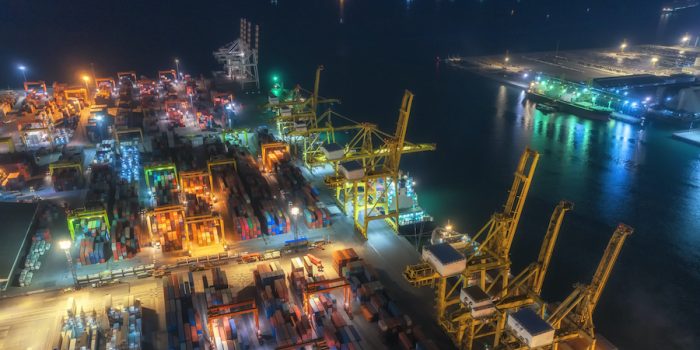Africa FDI Set To Recharge
Investors often associate Africa with high levels of risk, but the continent can also generate the best returns. In 2021, FDI into the continent rebounded sharply after an acute decline in 2020 due to the pandemic, but inflows weakened again in 2022 amid a deteriorating global economic environment and security situation. This year however looks set to mark another upturn.
An important positive is the African Continental Free Trade Area (AfCFTA), the largest new free trade area since the establishment of the WTO in 1994. It promises to increase intra-African trade via deeper levels of trade liberalisation and improved regulatory harmonisation and coordination. It is also expected to boost the competitiveness of African industry and enterprises by means of increased market access, economies of scale and more effective resource allocation.
AfCFTA could present major opportunities for increased FDI into the region. By reducing tariff and non-tariff barriers to trade, investors in one member state could have access to an expanded market for goods and services across Africa. Intra-African investment, an increasingly important source of FDI, could also improve under AfCFTA. Only 18% of all Africa’s commerce is intra-African trade, while the equivalent figure in east Asia is between 35% and 40%.
In recent years, African countries have made great efforts to create a favourable investment climate, which is key to attracting and retaining more private investment and creating more and better jobs. GDP growth and FDI flows have seen a positive trend generally. All this needs to go with macroeconomic stability, good governance and the rule of law. Access to markets, the physical and digital infrastructure as well as a country’s policy framework are also key.
Mining and gas projects are set to drive FDI in Africa this year. While the global economic environment remains uncertain and international flows of capital are under pressure, the limited supply of Russian oil and gas to Europe is prompting investors to look to Africa. This is good news for Africa’s energy sector, while mining ventures could also receive more attention should Western mining companies and commodity traders increasingly shun Russian supplies of metals and minerals.
Three enormous LNG projects with a total investment of $55bn are planned for Mozambique. Two are large onshore undertakings: one led by French oil and gas major TotalEnergies and known as the Mozambique LNG project, and another led by US-based ExxonMobil and known as the Rovuma LNG project. The third, smaller project – Coral South – is led by Italian oil and gas major Eni, which plans to invest $7bn.
Africa also appears set to receive much more foreign investment in the mining sector given the global energy transition. Africa has some of the world’s largest deposits of minerals vital to the energy transition, including nickel, cobalt, graphite, lithium and rare earth elements. It accounts for around 80% of the world’s total supply of platinum, 50% of manganese and 66% of cobalt, for example. But while the continent has around 30% of the world’s mineral reserves, it only produced around 5.5% of the world’s minerals in 2019.
Renewable energy investment is another area where Africa is lagging the rest of the world but that could be set to get better. Despite rapidly growing electricity demand and improving policy frameworks, relatively little capital has been deployed recently for new wind, solar, geothermal or other renewable power-generating projects. New project announcements in South Africa however include a $4.6bn clean energy project finance deal sponsored by British renewables energy company Hive Energy and a $1bn greenfield project by US IT services management company Vantage Data Centers to build its first African campus.
According to James Zhan, senior director, investment and enterprise at UNCTAD, “For long-term prospects, the African continent has great potential to attract international investment in the green and blue economies, as well as infrastructure. A challenge is to further improve the investment climate and strengthen Africa’s capacity to absorb such sustainable investment.”
The blue economy focuses on fisheries sectors and marine and coastal resources. The World Bank is pioneering Blue Economy for Resilient Africa Program, announced at the United Nations Framework Convention on Climate Change’s annual Conference of the Parties (COP27). The Program will work with Africa’s coastal countries to leverage the opportunities and manage the risks inherent in growing their budding Blue Economies.
Meanwhile, service-based sectors are a major focus for foreign investors, according to Sandile Hlophe, EY’s Africa government and infrastructure leader. She says that there are three main reasons. First, Africa’s young population is increasingly using digital platforms. Second, service industries are emerging around the renewable energy and telecoms sectors. Third, global investors have a lot more visibility on the markets in Africa and the demographic changes on the continent. “Before the pandemic, they had to travel to the region to see the opportunities, now they can just undertake market intelligence or reconnaissance online”.


